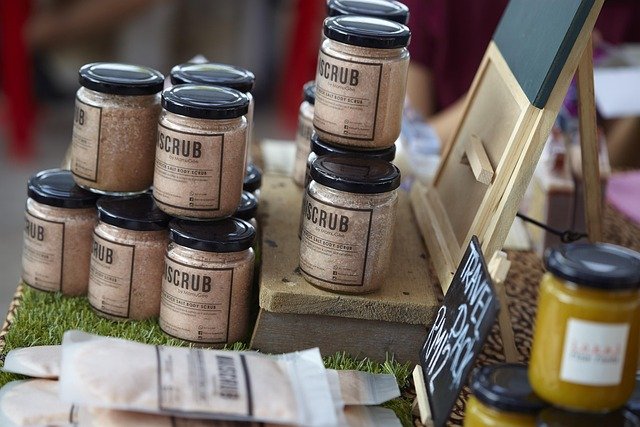Medina-Cleghorn says that there are many ways to use a chemical exfoliator. The most common products tend to come in acid toners, masks, and powders. She recommends using one exfoliator per routine. Having too many will compromise the skin barrier, she says.
Idriss then says to look for an exfoliating acid that will best suit your skin type. Oily, acne-prone skin, for example, will benefit from a chemical exfoliator that will unclog pores and reduce sebum. Those with dull skin will want to look for something that boosts collagen and brightens the complexion. Sensitive skin will need gentle exfoliators that won’t cause irritation. The most common ones are:
Alpha-Hydroxy Acids
Once you’ve removed an initial round of dead skin, acids can further refine the surface and treat your pores, says Connecticut-based dermatologist Mona Gohara, M.D. If you have nonreactive skin, Gohara suggests applying an acid-spiked serum after mechanical exfoliation. Of the overwhelming array of acids on the market, she prefers water-soluble alpha-hydroxy acids (AHAs), which gently loosen the upper layers of skin—producing a peeling action—which helps to fade pigmented spots and even out rough or bumpy patches. Michelle Henry, M.D., says those with sensitive skin will want to use mild AHA like lactic acid to get the same exfoliating benefits in a gentler way says those with sensitive skin will want to use mild AHA like lactic acid to get the same exfoliating benefits in a gentler way. Mattioli is partial to mandelic acid, which she considers an “unsung hero” since it has a larger molecular size than other AHAs, so it doesn’t absorb quite as fast (also good thing if you have sensitive skin). Naturium’s new Mandelic Topical Acid 12% pairs this acid with skin-barrier-supporting niacinamide to prevent dryness. For a more intense treatment or for mature complexions, glycolic acid has the smallest molecular weight of all AHAs, so it penetrates the deepest and can build collagen in addition to improving texture and tone. Mattioli advises starting with a low dose, such as Krave Beauty’s Kale-Lalu-yAHA treatment-like toner with 5.25 percent glycolic acid, and increasing the strength gradually. Idriss likes to recommend The Ordinary’s 7% Glycolic Acid for beginners as it’s light and easy to incorporate into a routine. She also recommends her own Dr. Idriss Major Fade Flash Mask.
Beta-Hydroxy Acids
Beta-hydroxy acids (BHAs) are oil-soluble and go deeper into the pores than AHAs to clear excess debris and sebum. Mattioli likes azelaic acid, such as The Ordinary’s Azelaic Acid Suspension 10%, as its high molecular weight effectively kills bacteria while also reducing redness and swelling, making it gentle enough for treating acne and rosacea.
Henry says that oily and acne-prone skin can usually handle stronger chemical exfoliants and be used more frequently. This includes salicylic acid, which Mattioli says can penetrate deep into pores to unblock any congestion, even out skin tone, and smooth the surface. Paula’s Choice 2% BHA Liquid Exfoliant has a devoted following among skin-care junkies. Dallas- and NYC-based aesthetician Joanna Czech, meanwhile, is loyal to the cultish Biologique Recherche P50, which “comes in a variety of strengths,” she says, including a gentle P50W with salicylic acid, “so you can adjust accordingly to your sensitivity and skin conditions.”
If you’ve got combination skin, Henry advises that you go with a balanced approach with a gentle chemical exfoliant and the occasional physical one.
AHA/BHA Blends
A more streamlined chemical exfoliation option is to combine acids in one multitasking formula. Mattioli is partial to Allies of Skin Mandelic Pigmentation Corrector Night Serum, with a buffet of complexion-brightening ingredients (mandelic, lactic, and salicylic acids) and protective antioxidants, making it “such a well-rounded product,” she says. Carlos A. Charles, M.D., a Manhattan dermatologist and the founder of Derma di Colore, a medical practice that focuses on a range of different skin tones, who also recently cofounded 456, a brand that’s specifically designed for skin of color, points to his To Be Clear Exfoliant Mask, with glycolic and salicylic acid, plus probiotics to firm and clear up skin.


